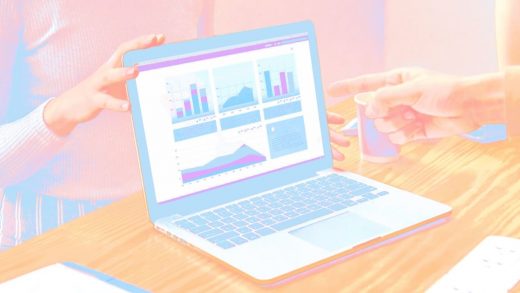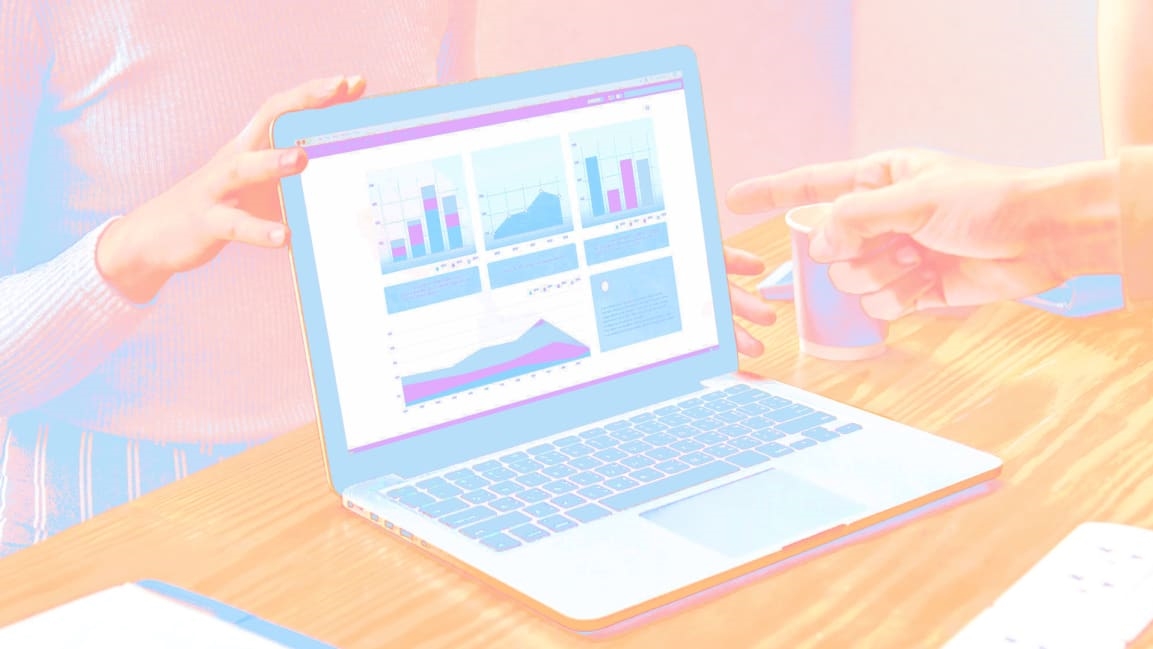This is why data is now more essential than ever in HR
If you were writing a book on modern HR, people analytics–the practice of using insights from employee data to support decision-making–would be a foundational chapter. Or likely several of them. The rise of analytics in HR and the impact it has on driving organizational strategy means it’s now essential for best-in-class HR teams.
The perceived complexity around data and analytics makes it feel like a barrier for some HR teams. But it doesn’t have to be that way. Everyone started somewhere–even talent teams at the leading edge of the field now use predictive analytics to address turnover before it happens.
It’s more than just data–it’s insight. These new analytics capabilities are allowing HR teams to extract deep insight into the organizational health of their businesses, enabling them to be much more proactive with programs and support.
This exponential growth in both demand and supply should not be seen as a surprise to anyone following the recent evolution of the field. People analytics offers enormous potential to organizations to drive business strategy, improve performance, and personalize and enhance the employee experience.
HR gets an analytical track
While the adoption of people analytics has been rising steadily for a number of years, the rate of growth has surged in the past 18 months. The Corporate Research Forum’s 2017 Strategic Workforce Analytics research found that 69% of organizations with 10,000 employees or more now have an entire team devoted to this work.
A recent study by Visier reported that advanced organizations with a high level of people analytics process maturity financially outperform their peers. This proven business impact is a good indicator that companies will continue to invest in this practice.
As the demand increases for people analytics, so do opportunities. There has been a swell of talent entering the field over the past several years. According to a study by LinkedIn, there has been a threefold increase since 2013 in the number of HR professionals in North America who list analytics skills in their profiles. People analytics was also the most in-demand skill HR professionals wanted to learn in 2019, according to the report by myHRfuture on HR Skills for the Future.
People analytics drives business performance
People data is pivotal to helping businesses make critical decisions. Determining where to locate a new office or team? Redesigning your workplace? Evaluating whether a merger or acquisition should proceed? People analytics can arm you with the right insights to make better decision in all of these areas. Let’s look at a few examples:
1. Attrition has a cost
Global information, data, and measurement company Nielsen found that for every 1% decrease in employee attrition, they could avoid $5 million in business costs. The same analysis identified internal mobility as the key driver of retention.
As a result, leadership made it easier for employees to pursue opportunities within the company and an HR program was created to promote internal mobility. This program enabled Nielsen to save more than $10 million in the first eight months alone and was subsequently rolled out across the company.
2. Candidate experience is vital
Telecoms company Virgin Media discovered that in a 12-month period, 7,500 customers cancelled their subscription within four weeks of being part of the recruitment process, as a result of being rejected or having a poor experience. This equated to lost revenue of £4.4 million.
The company decided to radically overhaul its candidate experience journey. It was able to turn the previous £4.4 million loss into an opportunity to create a £5.3 million per year in profit by creating new customers based on applicants’ positive experiences.
3. Engagement affects sales
UK footwear retailer Clarks found that employee engagement was a leading indicator of retail performance, with a 1% improvement in engagement worth an additional 0.4% of improved sales. Further analysis isolated the key drivers of engagement as team size in the store and tenure of the store manager.
These insights enabled Clarks to develop a blueprint for high-performing stores and HR was able to create a management development program to teach managers how to lead for high engagement.
The future of people analytics
Despite mounting evidence of the substantial benefits provided by analytics, most companies have barely scratched the surface of what is possible. The good news is that the tide is turning. The field is increasingly attracting new talent, who are introducing new skills such as data science and statistics to the realm of HR. This helps to further progress, as does the advance in technologies enabling real-time data collection and analysis of unstructured, as well as structured, data. Consequently, the growth of these skills is set to continue to rise exponentially.
Building a people analytics function coupled with capitalizing on technologies that collect, store, and dynamically visualize data enables companies to put information at the fingertips of the business leaders to support decision-making.
Moreover, this democratization of data can also help managers by providing data on their own behaviors, as well as providing them with insights that support employee engagement, development, and performance. For employees, people analytics is increasingly being utilized to provide personalized recommendations that help employees better manage their performance and careers. Think of this as the Netflix recommendation engine applied to people development.
Of course, the quest to make HR a data-driven function is not simple. Common challenges include concerns in areas such as data quality, HR capability and credibility, ethics, and making analytical insights actionable. That said, people analytics is no longer a nice-to-have capability for companies but rather an absolute must-have for any HR executive who wants to provide a positive impact to the business and its employees and ultimately to build a 21st-century HR function.
This post is part of a new Fast Company series on 21st-century human resources practices. The series explores new approaches in the field of HR. Each month, we’ll cover topics ranging from emerging practices, HR technology, diversity and inclusion, and other areas related to the future of work. You can view the full series here.
(8)



